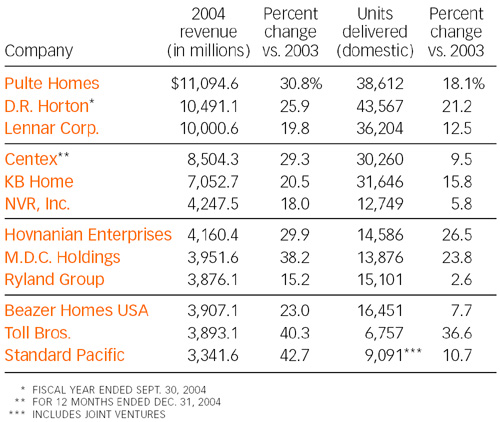Zoned out. You’d never know it by recent housing start numbers, but antigrowth movements are active in many areas, and municipalities are responding with zoning regulations that place broader restrictions on where residential construction can take place, and what is acceptable to the community. “People are voting based on their perceptions of what they see in the morning driving to work and at night driving home,” says Joe Riggs, president of Red Bank, N.J.–based Hovnanian Enterprises’ division in Edison, N.J. “Many people look at more traffic and blocked views, and their uneducated first reaction is that [development is] bad, whether it’s vertical, horizontal, or underground.”
While zoning is often driven by environmental concerns, many communities adamantly oppose new development because they believe it would erode the value of their homes. Zoning has also had a chilling effect on the construction of affordable housing, as builders contend that zoning makes land more expensive to entitle, and therefore makes building and selling lower-profit affordable homes economically untenable.
There is evidence, however, that builders, developers, landowners, and municipal officials are working together to find solutions that address demand. That’s often meant that builders agree to put homes on smaller lots to free up more “community space” for parks, lakes, and recreational areas.
At the very least, dealers can help builders and themselves by becoming more active in the political process and voicing their self interest at town meetings and public land-use hearings about the efficacy of sustained community growth. —John Caulfield is a contributing editor for PROSALES.



